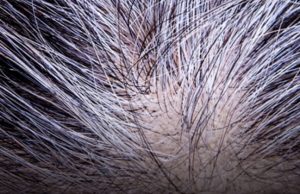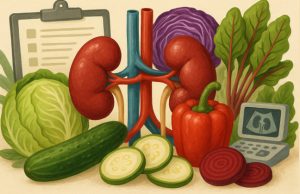
Growing hydrangeas is such a pleasure. As long as you plant them in the proper location for the kind of hydrangea you’ve chosen, they need very little maintenance. The result is a magnificent floral display that lasts all summer, whether it is in the garden, on a patio in a decorative pot, or indoors as a gorgeous cut flower arrangement. Your hydrangeas will grow better every year with a little care and attention. But hydrangeas require proper fertilization for the greatest blooms. For the most breathtaking display of those lovely blooms, fertilize your hydrangeas according to these easy guidelines.
1. Don’t fertilize at planting time.
When planting a hydrangea, there’s no need to apply extra fertilizer. The soil in which the plant is growing typically still has enough slow-release fertilizer in it if you bought it from a nursery. All you need to do is water your new hydrangea thoroughly, cover it with mulch, and give it time to establish itself in your garden.
2. Start fertilizing the year after planting.

Hydrangeas come in several varieties, including bigleaf, panicle, smooth, oakleaf, and mountain. Fertilize all of these varieties at least once during the growing season, preferably in late winter or early spring, by the time new growth starts to emerge near the plant’s base.
A second feeding in midsummer will be beneficial for bigleaf, mountain, and smooth hydrangeas, particularly the reblooming types that bloom on both old and new wood. All those flowers require a lot of energy to make!
For hydrangeas that have overwintered in containers, a single spring application of slow-release fertilizer is sufficient.
3. Select the best fertilizer for hydrangeas.
The ideal fertilizer for hydrangeas is a slow-release formula that gives the plants steady, monthly delivery of vital nutrients including potassium, phosphate, and nitrogen. Additionally, a composition that promotes flower formation works best for them. Well-balanced granular fertilizers, such Holly Tone and Espoma Rose Tone, are excellent options. Another excellent choice are Jobes Fertilizer Spikes.
Avoid using fast-release fertilizers in liquid form on hydrangeas. These products can stimulate growth in the short term but may not sustain the plant for the long haul. This type of fertilizer also tends to spur vegetative growth rather than flowers.
4. Apply the correct amount of fertilizer.
Whenever using fertilizer, make sure you follow the directions on the packaging, especially about dosage. Before your hydrangea branches spread out completely, apply the slow-release fertilizer to the soil’s surface. The suggested amount should be applied each time if you are making two applications; divide it in half. Water the plants well after the fertilizer application.
5. Don’t overfeed your hydrangeas.
Too much fertilizer, especially formulas high in nitrogen, can result in lush foliage but few blooms. And that’s certainly not what you’re after. If you experience a year of lush vegetative growth and few flowers, skip fertilizing your hydrangeas until the following year.
6. Stop fertilizing in August.
Don’t apply fertilizer to any type of hydrangea after mid-August. You don’t want to encourage late season growth that is more sensitive to winter damage. This is crucial for hydrangea varieties that produce bloom buds on growth from the previous year (old wood). You’ll have fewer flowers the next year if that growth dies in the winter.



















